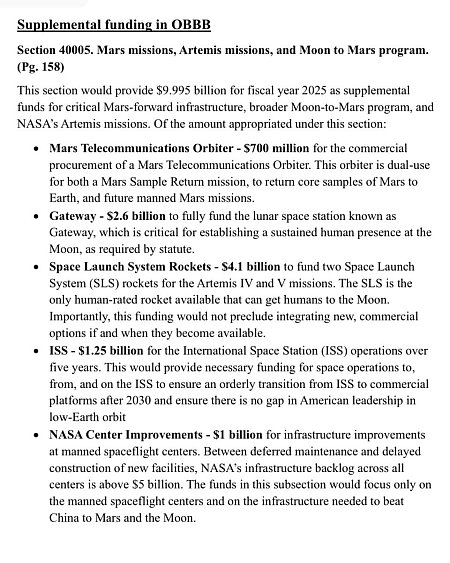Two Russian satellites are maneuvering toward an American military satellite
Two Russian “inspector” satellites, launched together in 2022 but now separated, appear to be maneuvering toward an American military satellite and are about to position themselves to within 30 and 50 miles respectively every four days.
[O]n June 26, 2025, a new object was apparently ejected from the main satellite at a separation speed of just around 10 kilometers per hour, according to an estimate by Jonathan McDowell.
By the end of June 2025, Object C (Full ID — 2022-089C), as the newly released satellite was identified in the US Space Force catalogue, was around 140 kilometers from its Kosmos-2558 “mother vehicle,” according to observations by Marco Langbroek. It was tracked in a 545 by 451-kilometer orbit, with an inclination 97.24 degrees toward the Equator. On July 3, 2025, at around 18:42 UTC, Object C made a sudden orbit-lowering maneuver descending to an altitude of around 435 kilometers, while Kosmos-2558 remained in its original orbit.
According to Nico Janssen, the newly formed orbit would put Object C within 81 kilometers from USA-326, on July 5, 2025, at around 00:54:20 UTC. In the meantime, Kosmos-2558 would pass at a minimum distance of nearly 49 kilometers from USA-326 on the same day, at around 09:40:50, Janssen predicted on the Seesat-L Internet message board on July 4, 2025.
Russia’s anti-satellite technology is based on tests several decades ago whereby it brought a killer satellite close to a target satellite and destroyed both by blowing up the killer satellite. These maneuvers now are not likely aimed at such a test, destroying the American classified military satellite. Instead, Russia likely wants to obtain close-up photography and data collection about it. The maneuvers however do prove once again that Russia’s anti-satellite technology is viable.
Two Russian “inspector” satellites, launched together in 2022 but now separated, appear to be maneuvering toward an American military satellite and are about to position themselves to within 30 and 50 miles respectively every four days.
[O]n June 26, 2025, a new object was apparently ejected from the main satellite at a separation speed of just around 10 kilometers per hour, according to an estimate by Jonathan McDowell.
By the end of June 2025, Object C (Full ID — 2022-089C), as the newly released satellite was identified in the US Space Force catalogue, was around 140 kilometers from its Kosmos-2558 “mother vehicle,” according to observations by Marco Langbroek. It was tracked in a 545 by 451-kilometer orbit, with an inclination 97.24 degrees toward the Equator. On July 3, 2025, at around 18:42 UTC, Object C made a sudden orbit-lowering maneuver descending to an altitude of around 435 kilometers, while Kosmos-2558 remained in its original orbit.
According to Nico Janssen, the newly formed orbit would put Object C within 81 kilometers from USA-326, on July 5, 2025, at around 00:54:20 UTC. In the meantime, Kosmos-2558 would pass at a minimum distance of nearly 49 kilometers from USA-326 on the same day, at around 09:40:50, Janssen predicted on the Seesat-L Internet message board on July 4, 2025.
Russia’s anti-satellite technology is based on tests several decades ago whereby it brought a killer satellite close to a target satellite and destroyed both by blowing up the killer satellite. These maneuvers now are not likely aimed at such a test, destroying the American classified military satellite. Instead, Russia likely wants to obtain close-up photography and data collection about it. The maneuvers however do prove once again that Russia’s anti-satellite technology is viable.










